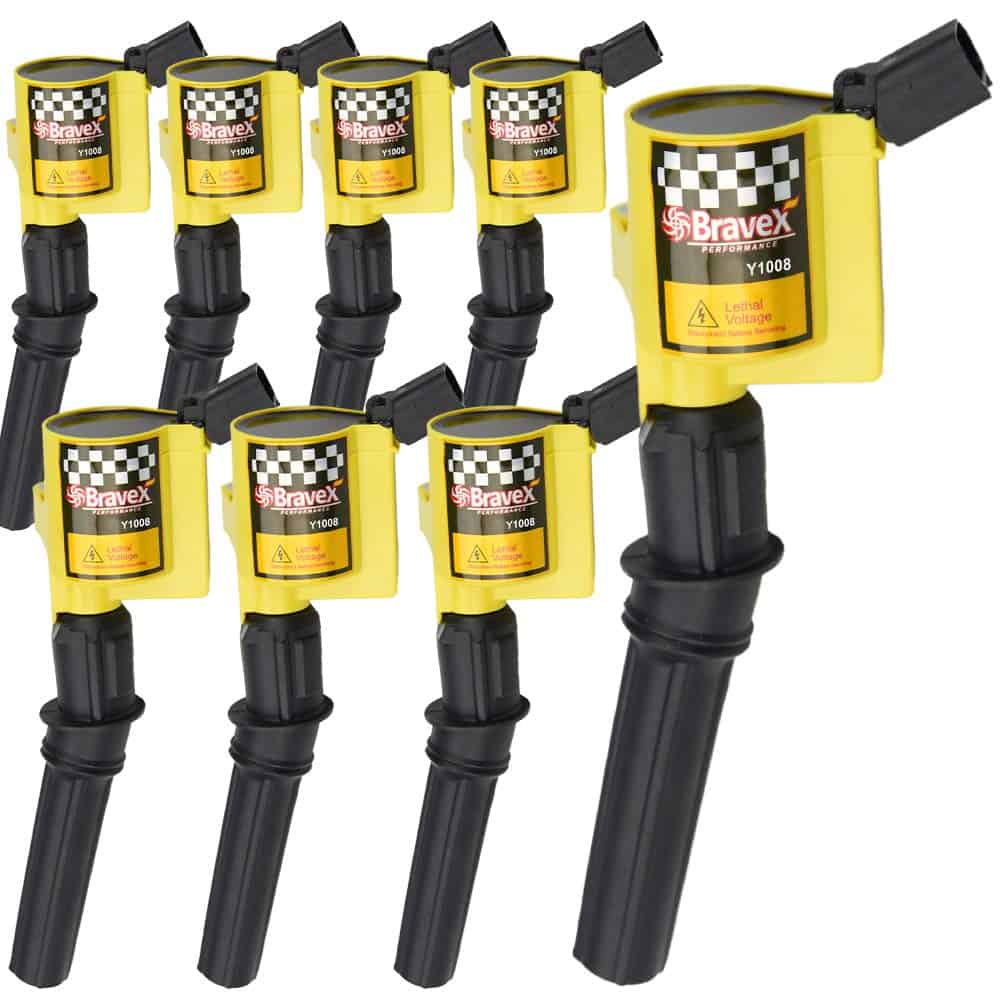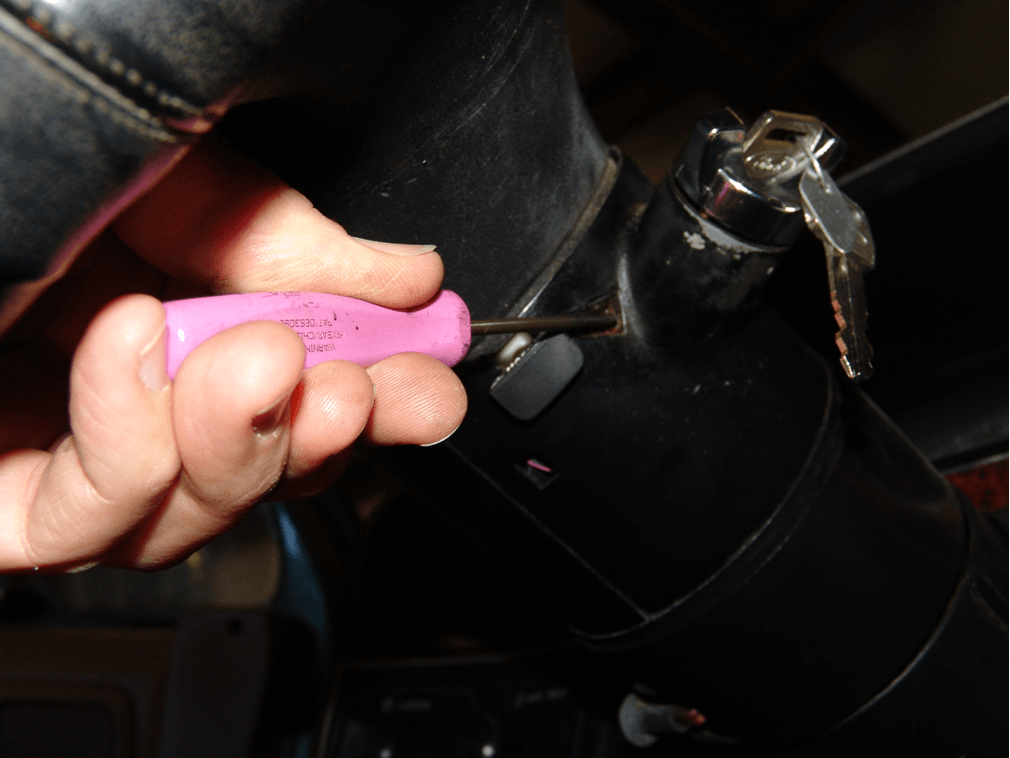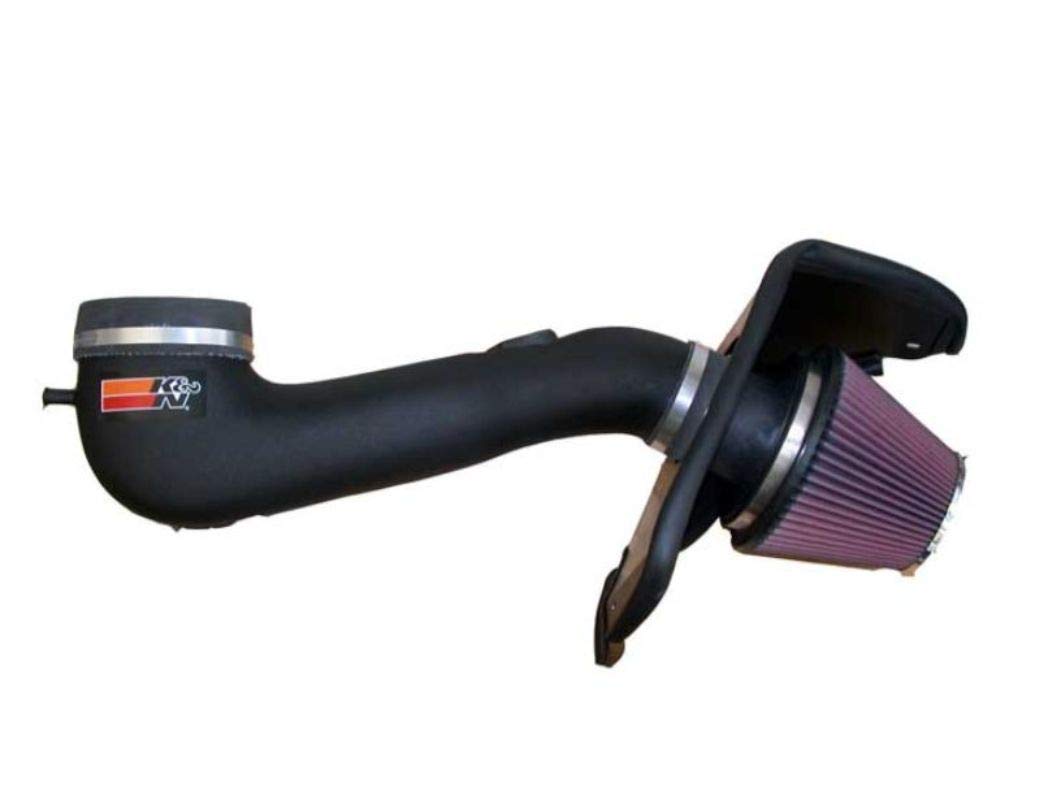Table of Contents
Most Common 6.0L Powerstroke Problems
The Ford 6.0L Powerstroke engine, known for its power and tuning potential, has earned a complex reputation among diesel enthusiasts. Though capable, it’s prone to specific issues that owners should be aware of to maintain optimal performance. Here’s a breakdown of the most common problems and maintenance tips for the 6.0L Powerstroke engine.
Overview of the 6.0L Powerstroke
The 6.0L Powerstroke was introduced in 2003 as a replacement for the 7.3L model, with increased output and advanced features. Despite its benefits, reliability issues led to multiple recalls and a class-action lawsuit, impacting its reputation. However, with the right maintenance and upgrades, this engine can be a robust performer.
Basic Specs:
- Production: 2003–2009
- Max Power: 325 hp
- Max Torque: 570 lb-ft
- Configuration: V8, cast iron block and heads
Common 6.0L Powerstroke Problems
1. Stuck Turbo
Turbo sticking is a prevalent issue with the 6.0L Powerstroke, particularly in variable-vane turbos. A stuck turbo reduces power, causes turbo lag, and can create a loud flutter after acceleration.
Prevention Tips:
- Avoid extended idling
- Drive regularly to keep the turbo active
- Cleaning and replacing worn o-rings can help restore turbo function
2. Torque-to-Yield (TTY) Head Bolts
The 6.0L Powerstroke uses TTY head bolts, which are prone to stretching under high pressure, especially in modified engines. This can lead to head gasket failures.
Solution:
- Upgrade to aftermarket head studs for enhanced durability
- Consider installing new head gaskets for performance builds
3. EGR Valves & EGR Coolers
The EGR (Exhaust Gas Recirculation) system is a frequent cause of issues, as it introduces exhaust gases back into the intake to reduce NOx emissions. The EGR cooler can fail, leaking coolant into the exhaust and causing white smoke.
Maintenance Tips:
- Clean the EGR valve regularly to prevent clogging
- Replace the EGR cooler as needed, especially in high-mileage engines
4. Oil Cooler Failure
The oil cooler on the 6.0L Powerstroke often clogs due to sand residue and debris, leading to overheating and potential engine damage.
Recommendations:
- Change engine oil and coolant at recommended intervals
- Install an aftermarket coolant filter to remove debris and prolong oil cooler life
5. FICM (Fuel Injection Control Module) Failure
The FICM controls fuel injection timing and is prone to overheating, which can lead to hard starts, rough running, or stalling.
Tips for Longevity:
- Test the FICM regularly to detect issues early
- Consider a rebuild or replacement if it fails, especially if signs of hard starts appear
6. ICP & IPR Sensor Failures
The ICP (Injection Control Pressure) sensor and IPR (Injection Pressure Regulator) are key components in managing fuel injection pressure. These sensors may fail prematurely, impacting performance.
Solution:
- Replace sensors with updated versions from Ford for improved reliability
7. Sticking HEUI Injectors
The 6.0L Powerstroke uses HEUI (Hydraulic Electronic Unit Injector) injectors, which are prone to “stiction,” or sticking. This leads to poor fuel injection and performance.
Maintenance Tip:
- Use additives like Archoil AR9100 or Hot Shot’s Secret Stiction Eliminator to reduce stiction and prolong injector life
8. High-Pressure Oil Pump (HPOP) Failure
The HPOP supplies high-pressure oil for the injection system, and failure can lead to a loss of power or hard starts.
Maintenance Recommendations:
- Regularly check oil pressure with diagnostic tools
- Replace the HPOP if pressures fall below specifications under load
9. Wiring Harness Chafing
Wiring harness chafing can cause electrical problems like hard starts or no-start issues, as wires rub against metal parts, exposing them to short circuits.
Preventative Action:
- Inspect the wiring harness regularly, paying attention to areas where wires run close to metal parts
- Reposition or insulate chafing points to prevent further wear
10. Oil Rail & Plug Leaks
Oil leaks from the high-pressure oil rail are common, leading to rough operation, stalling, or hard starts.
Solution:
- Replace faulty seals and plugs
- Maintain oil pressure to avoid no-start conditions and ensure engine reliability
Final Thoughts on the 6.0L Powerstroke
While the Ford 6.0L Powerstroke has some well-known issues, proper maintenance and preventative upgrades can significantly improve its reliability. By staying vigilant with regular oil and coolant changes, addressing turbo and EGR concerns, and upgrading vulnerable parts, you can enjoy a robust and powerful diesel engine. For owners willing to invest in maintenance, the 6.0L Powerstroke can be a rewarding engine for both daily driving and heavy-duty use.
Additional Resources
Check out the best performance car gear available on the market.






No Responses